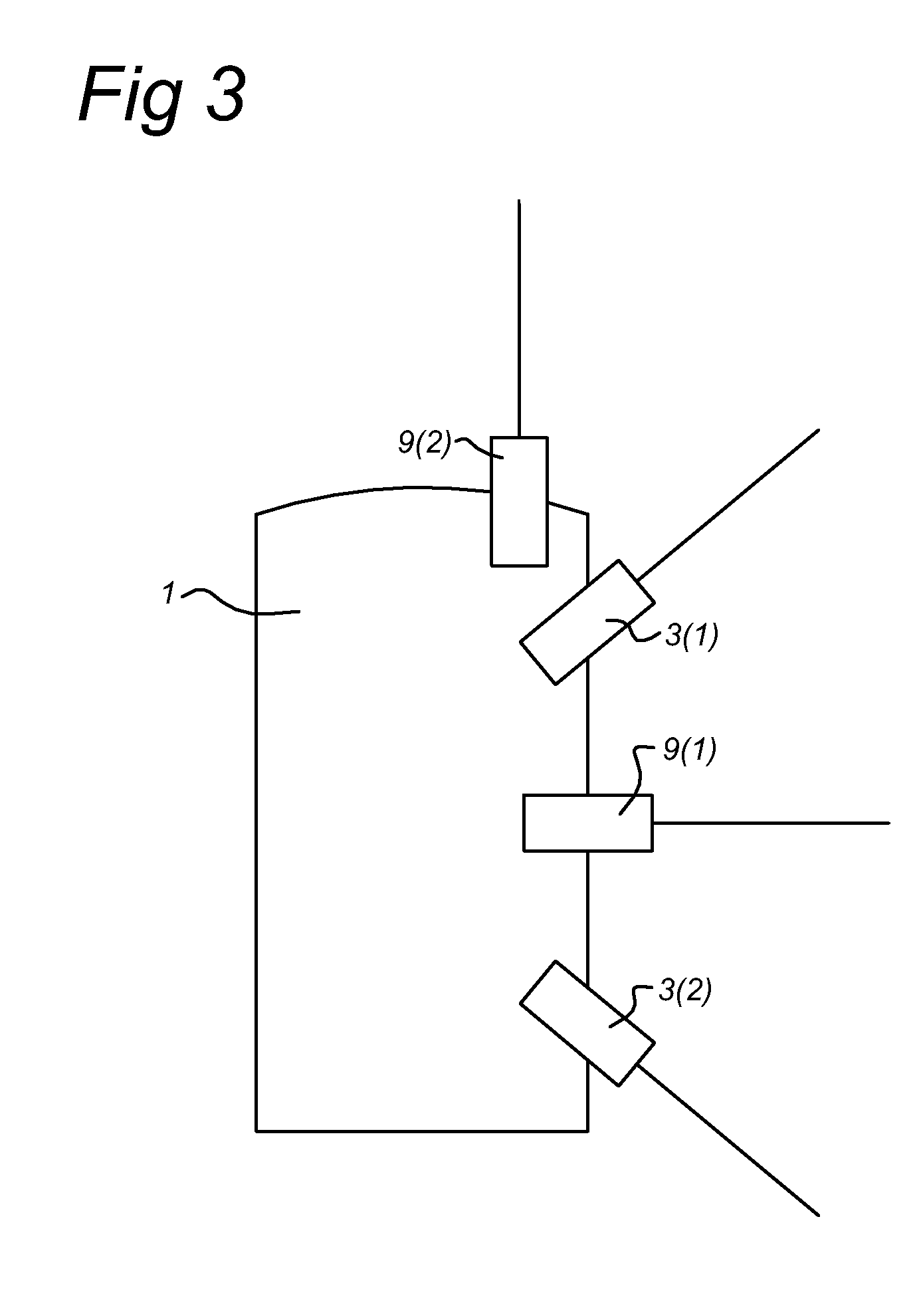Method of using laser scanned point clouds to create selective compression masks
a laser scanning and point cloud technology, applied in computing, instruments, electrical equipment, etc., can solve the problems of limited techniques, computationally expensive and complex algorithms, and significant investment in computer power, and achieve the effect of less computationally expensive and complex
- Summary
- Abstract
- Description
- Claims
- Application Information
AI Technical Summary
Benefits of technology
Problems solved by technology
Method used
Image
Examples
embodiments
[0062]According to embodiments the scanner data is used to create a mask for masking off areas in the camera data in order to set differential compression parameters within the camera data. So, the scanner data is used to determine regions in the camera data. The regions may be regions of interest, where different regions of interest may have different levels of interest assigned to them. And different compression parameters may be suitable for different levels of interest.
[0063]So, there is provided a method of processing camera data from a mobile mapping system, where the method comprises:
[0064]a) obtaining camera data from at least one camera 9(j) of the mobile mapping system,
[0065]b) detecting at least one region in the camera data,
[0066]c) applying a compression technique on the camera data in a first region,
[0067]wherein the method further comprises obtaining range sensor data from at least a first range sensor 3(1), the range sensor data at least partially corresponding to th...
PUM
 Login to View More
Login to View More Abstract
Description
Claims
Application Information
 Login to View More
Login to View More - R&D Engineer
- R&D Manager
- IP Professional
- Industry Leading Data Capabilities
- Powerful AI technology
- Patent DNA Extraction
Browse by: Latest US Patents, China's latest patents, Technical Efficacy Thesaurus, Application Domain, Technology Topic, Popular Technical Reports.
© 2024 PatSnap. All rights reserved.Legal|Privacy policy|Modern Slavery Act Transparency Statement|Sitemap|About US| Contact US: help@patsnap.com










